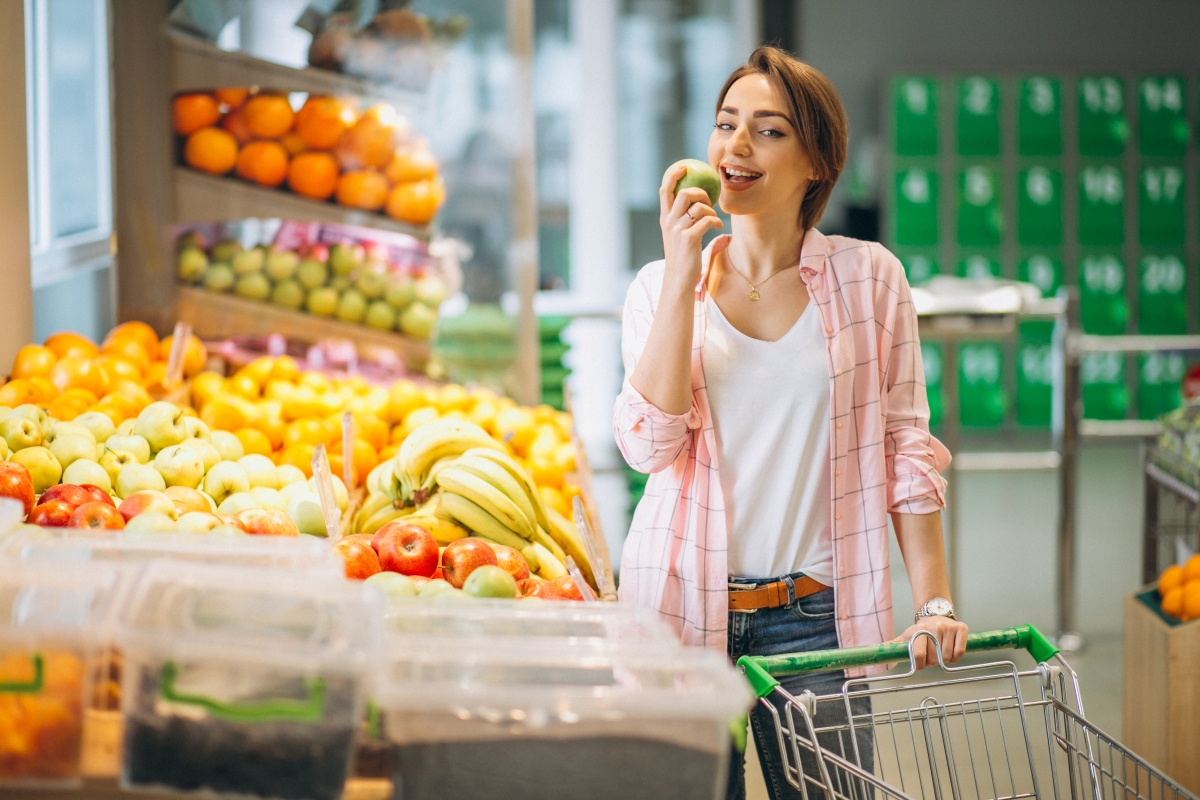HOME / ARTICLES / FOOD TREATMENT

INCREASE FOOD QUALITY WITH UV-C TREATMENT
07.31.2019
We’ve all heard: “You’re what you eat,” a thought that is increasingly relevant and common in this historical period in which consumers are increasingly attentive to the choice of product and the supply chain that accompanies it before arriving in the aisles of the supermarket and on our tables.
UV-C rays have been part of food production for over 50 years. It has been proven that UV-C treatment eliminates E. coli, Salmonella, Listeria, and other foodborne pathogens and is a safe and proven way to prolong the shelf life of food and drink. This means that large manufacturing companies intervene in terms of safety and control to ensure quality and peace of mind for the final consumer.
The vast majority of the products displayed on the counter are withdrawn due to loss of freshness or even deterioration of the product. This is caused by microorganisms such as bacteria, fungi, molds, and their spores, which propagate through the air and circulate inside the counter, causing cross-contamination between foods. In terms of applications, UV-C devices can be installed inside food banks to protect against contamination.
Upstream, careful management of the conservation and quality process occurs in the production phase. Analyzing a production line, we can identify several points where a disinfecting UV-C source is crucial.
Surface treatment of the product eliminates any contaminated surface agents. By transporting microorganisms, treating them, and allowing them to be purified of these elements, the air ensures continued protection and prevents premature deterioration.
Treatments used during the packaging phase can include the disinfection of packaging films, conveyor belts, bottling lines, and carousels for the disinfection of bottles and their closure capsules. In addition, the same food products must be decontaminated, including the surfaces of belts, products, packages, etc. UV-C is a proven method to improve safety and prolong the shelf life of many food products. This technology does not pose a risk to food and beverage safety.
